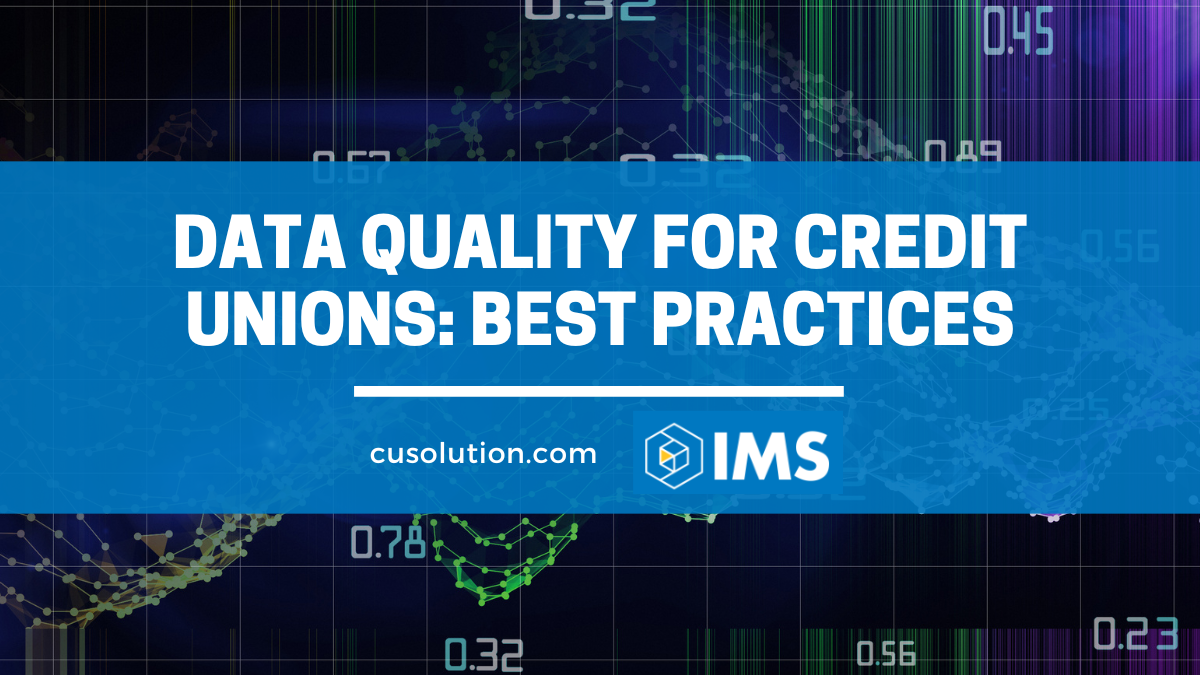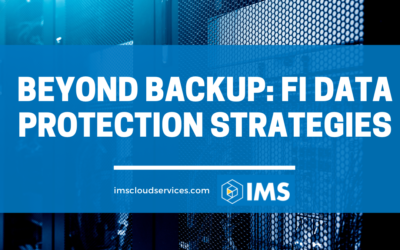Data quality for credit unions is an essential component of effective CU management. Keeping accurate and up-to-date records, such as member information, enables credit unions to provide the best services to their members.
To ensure data quality, it is important for credit unions to employ best practices in data handling and regularly review existing procedures.
Let’s discuss the various data quality best practices that credit unions can adopt in order to remain competitive and be prepared for future growth.
Keep Your Small Data a Priority
Many of the biggest issues credit unions and other financial institutions run into when it comes to data quality and management stem from the small data.
Addresses, zip codes, name changes – these member data items are considered minute details until they become inaccurate. Maintaining accurate addresses is a great way to ensure your credit union communications don’t get sent to the wrong people. Anyone who has sent invitations via snail mail – for weddings, anniversaries, birthday parties, and other formal events – knows that even if you are only planning to send the invitations out two or three months in advance, there will be at least one address change on your list.
Because more of your members are renting than ever before, it’s important to request periodic confirmation of names and addresses so you can make sure you are reaching as many of your members as possible in an accurate and helpful way.
One way to ensure you are capturing the most accurate information and storing it correctly is to have systematic and periodic backups of your credit union data.
Define Your Goals
There are hundreds of ways to improve data quality at your credit union. But it’s important to start your process by defining the goals you hope to achieve within this effort.
What is the main issue you are trying to solve? Do you want to be able to update data faster? Are you trying to cull unnecessary data from your systems? Organize your data so it’s more accessible?
While all of these goals are worthy of your CU’s time and resources, you have to start somewhere. Many credit unions fall into this trap where they are overwhelmed by their current data and the vastness of their spread-out systems, and they want to start with a clean slate. But you’ll want to start working through those systems in manageable chunks, which then allows you to gain some momentum as you are choosing your new data solutions and crafting a future operation plan to maintain that data quality.
Track Your Data Quality Strategy
When professionals create strategies aimed at improving data quality for credit unions, it’s important to stick to that strategy and evolve as it evolves.
There is no end to data quality work. Much like there is no moment when you can stop optimizing your cybersecurity protocols and infrastructure, your data needs are constantly evolving.
And the only way to keep track of that evolution is to create a living, breathing document that tracks your strategies and performance, and allows for internal review and feedback. Of course, your first data quality effort may be massive, in scope and in project hours. But your periodic maintenance of that new data integrity must be maintained, and the best way to do that is to track your progress even after your initial undertaking is complete.
Work in Layers
You offer your credit union members a whole host of services, from in-person classes and financial counseling to online solutions, mobile banking apps, and more.
If you look at each of your services and features, you’ll often see linear member data trends based on usage, demographics, and more. We mentioned above that working in manageable chunks is always helpful. The same is true when you are trying to improve data quality.
You can use things like gender, age, economic status, location, and more to tailor your data efforts by building a strategy that captures and stores the data you need within specific parameters. Those parameters can be based on your efforts and services, rather than just being thrown together in a massive data catch-all location, and then working backwards to pull out the specifics you need for each service or effort.
Start with Personalization
Data is how you figure out what your members’ needs, behaviors, and preferences are. You can use your member relationships to initiate and expand on the personalized experiences you want each member to have when they work with you and your team.
By creating a data-driven culture with personalization at the heart of your operations, you can tailor each interaction with your member to make it memorable and efficient, without losing any of that stellar customer service quality that credit unions are known for.
IMS – Ensuring Data Quality for Credit Unions
Data quality will continue to be a hot topic in the credit union industry as we transition more and more operations to digital locations. And in a world full of increasing data storage and consumption, you’ll want the best tools to help you archive, restore, discover, and protect your members’ precious information.
That’s why IMS has a whole host of private cloud services that were created by professionals for the credit union industry specifically, including:
Reach out to us today and let us help you learn more about data quality for credit unions.



